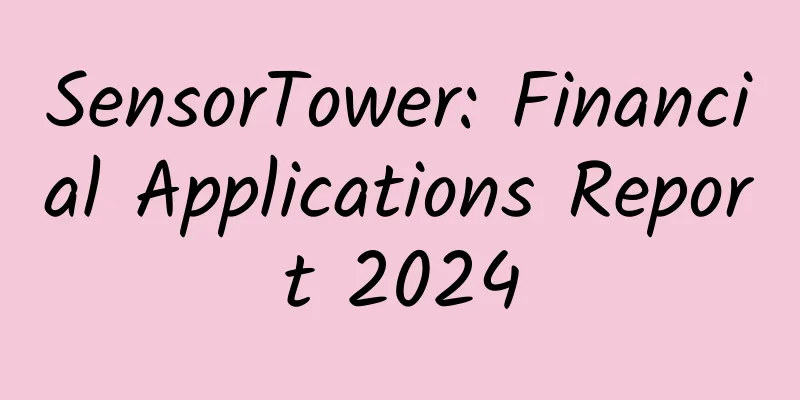What causes nipple pain after ovulation?

|
Many women experience nipple pain after ovulation. Nipple pain makes more women particularly worried, worried about problems with ovulation and even more worried about problems with their breasts. So they want to fully understand the cause of nipple pain after ovulation? The following is a detailed answer so you can see the cause. Nipple pain is completely normal. The pain is most severe around ovulation, and it hurts when you touch it with your hand. The luteal phase is slightly less intense until menstruation occurs. The pain is the worst before and after ovulation. I don’t know if it’s the effect of estrogen. Estrogen levels are highest before and on the day of ovulation. After the corpus luteum is formed, due to the effect of progesterone, estrogen is not as high as before ovulation, so nipple pain is slightly relieved, but it will exist until menstruation comes. Many women experience breast swelling or nipple pain during ovulation, and sometimes the nipples are simply unable to be touched. The breast pain may also continue until the eve of the next menstrual period. If the underwear is too tight or ill-fitting, or you do a lot of exercise, friction may cause local pain. Excessive movements during sexual intercourse can damage the nipples and cause pain. The breast is the target organ of endocrine hormones, which means that under normal circumstances, that is, during endocrine changes in the menstrual cycle, breast tissue will be affected by endocrine hormones and undergo physiological changes. The breast will undergo cyclical proliferation and involution during the menstrual cycle, which manifests as fullness and mild pain in the breast before menstruation. The breast pain will be reduced or disappear after menstruation. This physiological change is a normal phenomenon for women of childbearing age, but the degree of breast pain varies from person to person. If this physiological proliferation exceeds a certain range or is incomplete, it will cause breast tissue hyperplasia over time, which is generally referred to as breast hyperplasia. It can be seen from this that breast hyperplasia is a benign proliferation and degeneration of breast tissue. In essence, it is neither inflammation nor a tumor. But clinically speaking, it is one of the common causes of breast pain in women. It is more common in young and middle-aged women. There is thickening of breast tissue in the upper outer part of the breast, which is soft and tough. Sometimes a lump with unclear boundaries is formed, but it rarely adheres to the surface skin and there is no enlarged axillary lymph nodes. Most of the time, it is bilateral. The pain can radiate to the armpits, shoulders, etc. The pain often eases after menstruation. This article introduces in detail the causes of nipple pain after ovulation. After a comprehensive understanding of the above introduction, I believe that many women must have a comprehensive understanding of the causes. After a comprehensive understanding, it is best to undergo a comprehensive examination at a large hospital and then undergo treatment after the examination. This way, the effect of the treatment will make you more satisfied. |
<<: Treatment of pregnant women with positive hepatitis C antibodies
>>: What to do if your menstruation is irregular after induced abortion
Recommend
Women wake up with back pain every morning
Waking up with back pain in the morning is a comm...
Can I eat hazelnuts during menstruation?
We know that menstruation is a good friend that w...
How to detect early pregnancy symptoms
Pregnancy is something most women have to go thro...
How long to get pregnant after a miscarriage
There are two types of miscarriage: natural misca...
Blisters on the mouth are not caused by heat! Be careful of this lifelong latent virus →
I believe many people have had this kind of "...
Why do I suddenly have two periods in one month?
Most people know that women have menstruation onc...
What causes wrinkled skin around nipples?
Women often find that the skin in the nipple area...
Why does the IUD move downward? To do these things
The downward movement of the IUD is an important ...
What foods should not be eaten during cesarean section
Whether to choose a caesarean section is also an ...
Can the elderly drink alcohol if they have high uric acid? What kind of alcohol can they drink if they have high uric acid?
my country has a long history of drinking culture...
What is subseptate uterus?
It is easy for women to have problems during preg...
Does severe cervical erosion affect fertility?
After the symptoms of cervical erosion appear, yo...
How to treat sagging breasts?
Breasts are the most important organ in the femal...
What will happen if you have cervical erosion?
Many married women feel at a loss when they are t...
Breast ptosis plastic surgery, these knowledge points should be understood
In response to the situation of sagging breasts, ...









